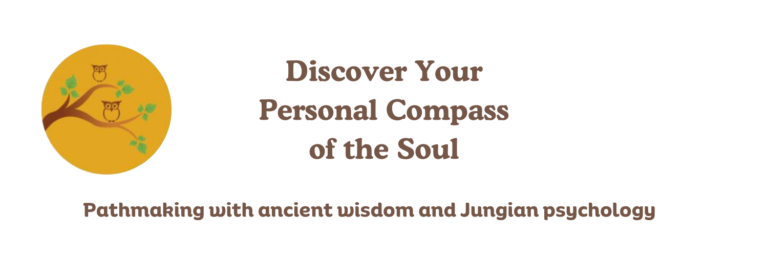Learning the way of the deep places
Five years ago this month I got to experience what it is like to be caught unexpectedly in a flood.
I was driving my daughter to her viola lesson on a sunny day and just as we exited the highway a torrential downpour began out of nowhere.
All the cars were at a standstill on the ramp and it was clear we weren’t moving anytime soon.
The ramp is on a decline so the water quickly accumulated; within minutes our car was sitting in several inches of water.
The tires of our car were just barely touching the ground.
Water was ever so slightly seeping into the vehicle.
Periodically a water rescue ambulance would drive by, which caused waves, and anxiety.
There was the occassional pickup truck or other large vehicle that would impatiently drive past all of us and created more waves. Exasperating.
My daughter kept anxiously asked me to do something about this situation.
I said I felt that, if I tried to drive, the tires wouldn’t hold firm to the ground and we’d float and crash into cars.
So we waited.
And waited.
Eventually some cars started to leave. To my daughter’s consternation, we stil waited.
About three hours after getting stuck in this situation, I felt the waters had receded enough and I drove successfully to the nearby mall so we could get out of the car and get a snack.
I carefully studied the traffic situation on Google Maps and tried to find information online about the storm.
Afterwards I learned the area received 11-15 inches of rain in 24 hours, with 2-4 inches of rain falling per hour during the peak which, of course, was the time period we were caught in it.
There has never been a storm like that here in our part of Wisconsin and it impacted the water levels of our lakes for months afterwards.
This was the story that immediately came to mind as I started pondering Hexagram 29: The Abysmal (Water) from the I Ching, which corresponds to these last days of Leo.*
It may seem strange that the fire of sign of Leo is associated with water, but Leo is about the strength to stay with things. That kind of strength is needed when you are caught in an abyss or in a dangerous situation.
I like this quote from Hilary Barrett’s commentary on Hexagram 29:
These are pits, where you fall into the deep, dark waters, flowing on into the swirling unknowable dark. The chasms repeat: there is no detour that would take you round them, so you must practise and learn the way of these deep places.
In these kind of situations, like the one of my own I described above, our typology comes into play and gives us a language to use.
I have INFJ tendencies and was suddenly confronted with a massive amount of extraverted sensation (the weakest part of my personality) to have to deal with. My strong introverted intuition and weak extraverted sensation, which are opposites, had to work together.
These last days of Leo might be a good time for you to reflect on how you have used the opposites within you to access your inner Leo strength to resolve a difficult situation.
How have you practiced and learned the way of the deep waters?
___
Schedule an Astrology Consultation | Subscribe to the Monthly Depth Books Newsletter | Contact Me
*The 64 hexagrams of the I Ching, an ancient Chinese text, are arranged along the ecliptic (the celestial equator) in Human Design. In astrology there are 12 zodiac signs along the ecliptic, so there are 5.3 hexagrams per zodiac sign. I’m contemplating these hexagrams as a way to engage with astrology, the I Ching, and Jungian psychology.
References:
I Ching: Walking Your Path, Creating Your Future by Hilary Barrett










